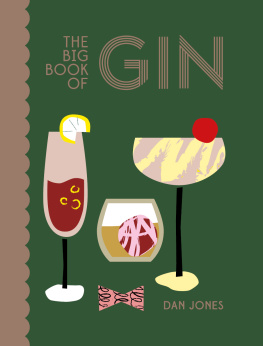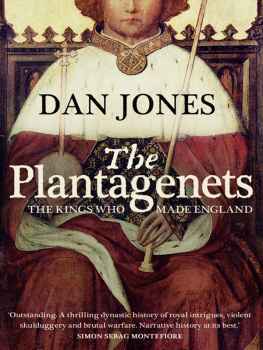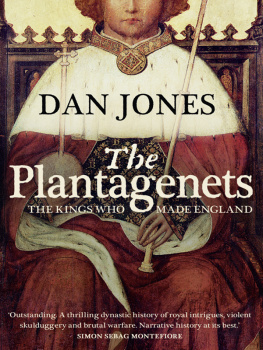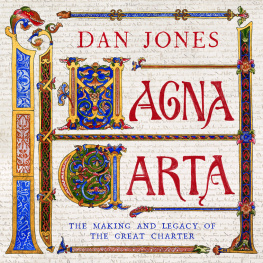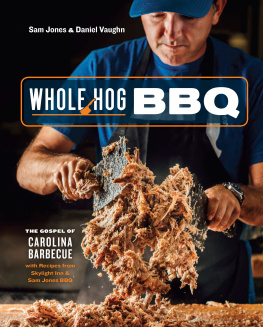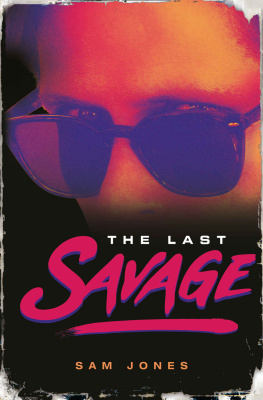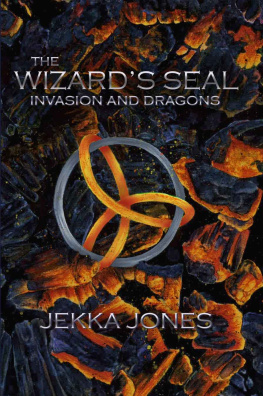Dan Jones - Big Book of Gin
Here you can read online Dan Jones - Big Book of Gin full text of the book (entire story) in english for free. Download pdf and epub, get meaning, cover and reviews about this ebook. year: 2018, publisher: Hardie Grant (UK), genre: Home and family. Description of the work, (preface) as well as reviews are available. Best literature library LitArk.com created for fans of good reading and offers a wide selection of genres:
Romance novel
Science fiction
Adventure
Detective
Science
History
Home and family
Prose
Art
Politics
Computer
Non-fiction
Religion
Business
Children
Humor
Choose a favorite category and find really read worthwhile books. Enjoy immersion in the world of imagination, feel the emotions of the characters or learn something new for yourself, make an fascinating discovery.
- Book:Big Book of Gin
- Author:
- Publisher:Hardie Grant (UK)
- Genre:
- Year:2018
- Rating:5 / 5
- Favourites:Add to favourites
- Your mark:
- 100
- 1
- 2
- 3
- 4
- 5
Big Book of Gin: summary, description and annotation
We offer to read an annotation, description, summary or preface (depends on what the author of the book "Big Book of Gin" wrote himself). If you haven't found the necessary information about the book — write in the comments, we will try to find it.
Big Book of Gin — read online for free the complete book (whole text) full work
Below is the text of the book, divided by pages. System saving the place of the last page read, allows you to conveniently read the book "Big Book of Gin" online for free, without having to search again every time where you left off. Put a bookmark, and you can go to the page where you finished reading at any time.
Font size:
Interval:
Bookmark:



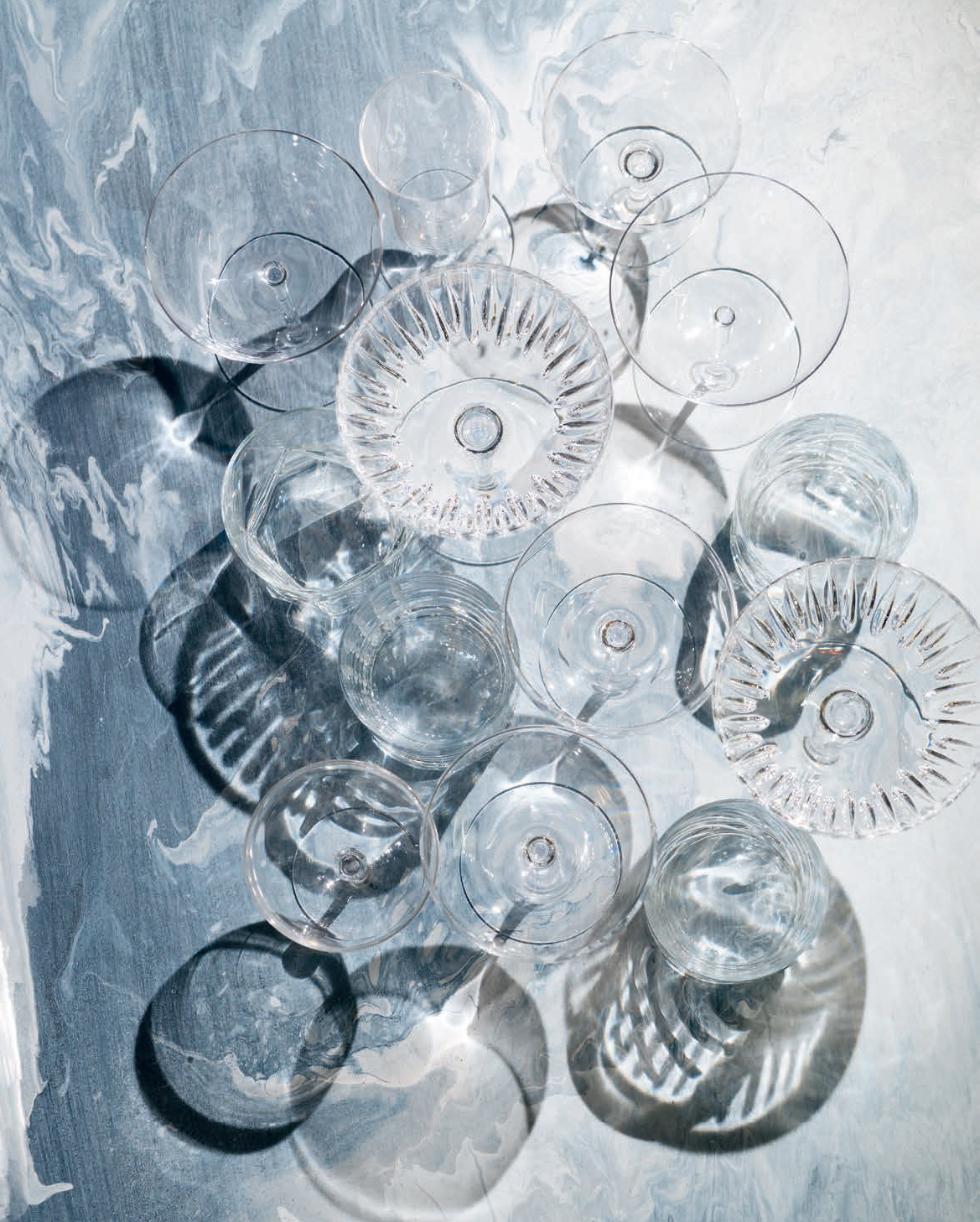 This is The Big Book of Gin. How to mix it, shake it, stir it and most importantly how to drink it. From its troubled birth on the slimy backstreets of ye olde London to its current incarnation as the worlds fastest-growing artisanal spirit, gins salacious past and rosy future are as thirst-quenching as a freshly made G & T. Today, there are hundreds of producers, from old-school mega-brands headed up by legendary master distillers to small-batch makers, backyard boilers and kitchen tinkerers. And with indie tonics, powerful syrups and exotic sodas, theres never been so many ways to drink gin. Gin can be fiery with a lip-curling bitterness, cloyingly floral as nannas knicker drawer, or as verdantly herbal as an attic weed farm, but the crystal-clear spirit is best when it relies on its subtleties.
This is The Big Book of Gin. How to mix it, shake it, stir it and most importantly how to drink it. From its troubled birth on the slimy backstreets of ye olde London to its current incarnation as the worlds fastest-growing artisanal spirit, gins salacious past and rosy future are as thirst-quenching as a freshly made G & T. Today, there are hundreds of producers, from old-school mega-brands headed up by legendary master distillers to small-batch makers, backyard boilers and kitchen tinkerers. And with indie tonics, powerful syrups and exotic sodas, theres never been so many ways to drink gin. Gin can be fiery with a lip-curling bitterness, cloyingly floral as nannas knicker drawer, or as verdantly herbal as an attic weed farm, but the crystal-clear spirit is best when it relies on its subtleties. The best producers, no matter their size or how passionate their approach, are those that achieve a heavenly balance of essential, traditional ingredients with their own contemporary collection of botanicals. The Big Book of Gin celebrates this magical spirit with a full list of enthusiastic amateur mix-at-home , from English, Scottish and Spanish classics to international megabrands and fresh, young indie upstarts from the UK to Australia and the States. Now, lets drink gin.  Gin has a steamy, love/hate relationship with London, the greatest city on Earth (indisputable, if youve had a few). Not so long ago, gin was the English capitals fun-juice of choice, and yet it had a rather dour reputation. Instead of its refined contemporary incarnation, in Georgian England it was suckled by cackling, wooden-toothed wastrels, pox-ridden poets and general London lowlifes.
Gin has a steamy, love/hate relationship with London, the greatest city on Earth (indisputable, if youve had a few). Not so long ago, gin was the English capitals fun-juice of choice, and yet it had a rather dour reputation. Instead of its refined contemporary incarnation, in Georgian England it was suckled by cackling, wooden-toothed wastrels, pox-ridden poets and general London lowlifes.
For those attracted to the bright lights of the big city, the streets werent paved with gold but listless bodies of drunks (captured to satirical effect in Hogarths infamous 1751 prints Beer Street and Gin Lane). But how did the delicious spirit become such a popular tipple? And why London? The story begins in the low countries. Gins distant ancestor is the lively Dutch tipple known as Genever, much loved across Holland, Belgium and northern France in the 1500s. But in 1572 the dashing Professor Sylvius de Bouve created his own neutral-distilled spirit with notes of juniper and malt wine, now known as Genever. It remains the traditional drink of the Netherlands, the sailors fiery sip of Dutch courage, and is the inspiration behind modern gin. Back in London, the favoured pick-me-up was a nip of delicious French brandy, but in the late 1600s the UKs King William III, aka the be-wigged Dutchman William of Orange, changed all that.
His beef with the French saw him ban the import of the nations brandies into the UK. To make up for the unpopular dearth of tasty booze, William gave his British subjects a gift: he did away with licensing laws, allowing the magic of the distillation process to be available to all, from professional booze-makers to home enthusiasts. This relaxation of the rules created a generation of moonshine-makers and soon Londoners did what they do best: got horribly, impossibly drunk. The poor and down-on-their-luck were tantalised by Genever, popular with the upper classes. With the real thing out of their reach, they sought to make their own and soon their dry, clear concoction became as available as drinking water, if not more so. With a bit of basic distillation kit, low-quality gin could be made in your own home, and was sold across London in grimy taverns, squalid drinking rooms, barbershops, brothels and Mother Claps infamous Molly House, the citys sauciest drinking venue.
Gin gave Londoners a twinkle in their eye, a spring in their step, and wrested the city into a binge-drinking crisis. By the early-to-mid-1700s, the Gin Craze was in its stride and an eye-popping 45.5 million litres (10 million gallons) of gin was distilled annually in the capital, with each crossed-eyed Londoner drinking around 63.5 million litres (14 gallons) each year. Londons death rate overtook its birth rate, as poverty and the gullet-melting cheap gin sold in the taverns and backstreets of the capitals seediest neighbourhoods took hold. Sensing a gin-powered armageddon, the government was forced to draw up society-saving legislation. The Gin Act of 1751 came into force, controls were added, and an outright ban on distillation for a couple of years saw the price of gin shoot up. Public health may have improved but nothing could dent Londoners love of gin.
In the early 1800s, Aeneas Coffey invented the column still, and gin got a tasty upgrade. The new, improved spirit became the centrepiece of a new wave of sparkling gin palaces: slick drinking dens, bright and gas-lit with ornate faades, shining out in the gloom of the streets. Inside, Londoners could escape the drudgery of city life, knocking back a tipple known as a quick flash of lightning cheaper than they could beer. Gin and flavoured mixers evolved into classy long drinks and clever cocktails. Colonial Brits returning from new worlds introduced exotic ingredients (bitter anti-malarial quinine was mixed with gin and sugar in a precursor to the gin and tonic) and the Gimlet, a cocktail of gin and lime juice, was said to ward off scurvy. Gins reputation was on the up.
By the mid-1800s, the exclusive Garrick Club had mastered a gin punch, and cocktail parties replaced the boring formality of Edwardian dinner parties. Forward to the 1930s and Bright Young Things like Stephen Tennant were drinking gin cocktails (in between snifters of naughty salt, no doubt). The young Queen Mothers famous love of gin had also marked out the spirit with an unofficial royal concoction. Yet, by the 60s, gin had a bit of a PR problem. Despite its rough-edged beginnings, it had become associated with the upper classes and had acquired uncomfortable colonial connotations. Quality nose-dived, too, and gin seemed to flatline.
In recent years, craft-edged enterprising indie brands have reanimated the spirits fortunes, bringing back gins history of under-the-counter experimentations with modern equipment and fragrant organic botanicals. The UK the worlds leading gin-producing nation now exports an impressively huge quantity of the spirit to new markets that have become obsessed with artisanal versions of the spirit and thoughtfully made mixers. British gin along with excellent US and European brands is having a bit of a moment and in the most surprising places: Spaniards are obsessed, Colombians are crazy for it. Londons most famous export (after the Spice Girls, obviously) has come a long way from the backstreets of its most squalid neighbourhoods, but its never lost its spark: that flash of lightning. Although gin-makers tend to keep their exact recipe a closely guarded secret, theyre usually rather proud of their ingredients, powered by a clever combination of botanicals. This can include anything from coriander (cilantro), Angelica and orange peel to lemon peel, cardamom, cinnamon, cubeb pepper and nutmeg with juniper berries as a must-have.
Modern makers tweak this recipe and with their own distillation processes, timings, vintage equipment and purified water their own subtly distinct gin is born. London Gin, aka London Dry Gin, is what most of us mix in our G & Ts. Although the spirit isnt a product of origin (i.e. it can be made anywhere in the world), the name is legally defined it must be 80 proof, or 37.5 per cent ABV (alcohol by volume), with absolutely no unnatural ingredients and, post-distillation, no added flavourings or colourings. Just a tiny amount of sugar is permitted, making it very dry. Gin distillation has two main processes: column-distilled and pot-stilled.
Font size:
Interval:
Bookmark:
Similar books «Big Book of Gin»
Look at similar books to Big Book of Gin. We have selected literature similar in name and meaning in the hope of providing readers with more options to find new, interesting, not yet read works.
Discussion, reviews of the book Big Book of Gin and just readers' own opinions. Leave your comments, write what you think about the work, its meaning or the main characters. Specify what exactly you liked and what you didn't like, and why you think so.

